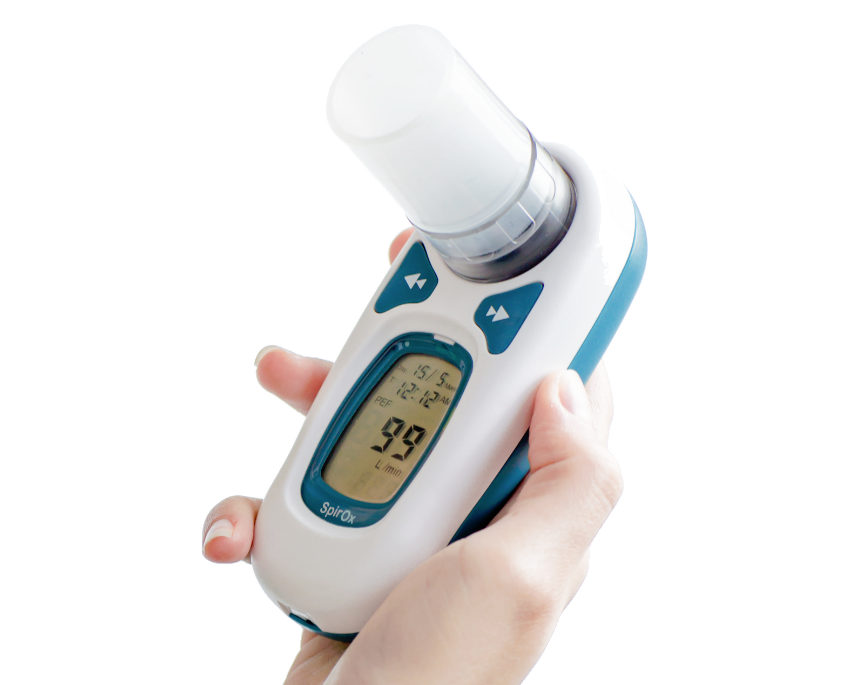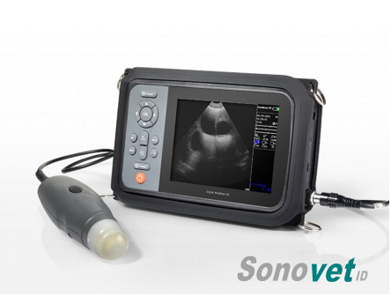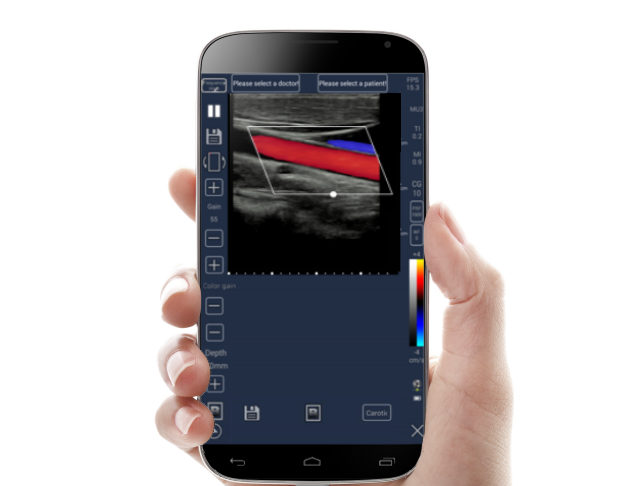Spirometry
Spirometry is a test that can help diagnose various lung conditions, most commonly chronic obstructive pulmonary disease (COPD). Spirometry is also used to monitor the severity of some other lung conditions, and their response to treatment.
Note: the information below is a general guide only. The arrangements, and the way tests are performed, may vary between different hospitals. Always follow the instructions given by your doctor or local hospital.
What is a spirometer and spirometry?
Spirometry is the most common of the lung function tests. These tests look at how well your lungs work. Spirometry shows how well you breathe in and out. Breathing in and out can be affected by lung diseases such as chronic obstructive pulmonary disease (COPD), asthma, pulmonary fibrosis and cystic fibrosis.
(See separate leaflets called 'Chronic Obstructive Pulmonary Disease', 'Asthma', 'Idiopathic Pulmonary Fibrosis' and 'Cystic Fibrosis' for more information.)
Spirometry is the name of the test, whilst a spirometer is the device that is used to make the measurements.
There are various spirometer devices made by different companies, but they all measure the same thing. They all have a mouthpiece that you use to blow into the device. A doctor or nurse may ask you to blow into a spirometer (spirometry) if you have chest or lung symptoms. Many GP surgeries now have spirometers; small portable devices are available relatively cheaply. In hospitals, the spirometer machinery is more sophisticated and expensive, and can give more detailed results.
How is it done?
If it has not already been done, you will have your weight and height measured. For the spirometry itself, you need to breathe into the spirometer machine. First you breathe in fully and then seal your lips around the mouthpiece of the spirometer. You then blow out as fast and as far as you can until your lungs are completely empty. This can take several seconds. You may also be asked to breathe in fully and then breathe out slowly as far as you can.
A clip may be put on to your nose to make sure that no air escapes from your nose. The measurements may be repeated two or three times to check that the readings are much the same each time you blow into the machine. Sometimes the tests are performed with you in a separate glass cubicle - this can help get more detailed and precise results.
What does the spirometer measure?
Spirometry measures the amount (volume) and/or speed (flow) of air that can be inhaled and exhaled.
The most common measurements used are:
Forced expiratory volume in one second (FEV1). This is the amount of air you can blow out within one second. With normal lungs and airways you can normally blow out most of the air from your lungs within one second.
Forced vital capacity (FVC). The total amount of air that you blow out in one breath.
FEV1 divided by FVC (FEV1/FVC). Of the total amount of air that you can blow out in one breath, this is the proportion that you can blow out in one second.
What can the measurements show?
A spirometry reading usually shows one of four main patterns:
Normal.
An obstructive pattern.
A restrictive pattern.
A combined obstructive/restrictive pattern.
Normal spirometry
Normal readings vary, depending on your age, size, and sex. The range of normal readings is published on a chart, and doctors and nurses refer to this chart when they check your spirometry readings.
Obstructive pattern on spirometry
This is typical of diseases that cause narrowed airways. The main conditions that cause narrowing of the airways and an obstructive pattern of spirometry are asthma and COPD. Spirometry can therefore help to diagnose these conditions.
If your airways are narrowed, then the amount of air that you can blow out quickly is reduced. So, your FEV1 is reduced and the ratio of FEV1/FVC is lower than normal. As a rule, you are likely to have a disease that causes narrowed airways if:
your FEV1 is less than 80% of the predicted value for your age, sex and size, or your FEV1/FVC ratio is 0.7 or less.
However, with narrowed airways, the total capacity of your lungs is often normal or only mildly reduced. So, with an obstructive pattern, the FVC is often normal or near normal.
Spirometry can also help to assess if treatment (for example inhalers) opens up the airways. The spirometry readings will improve if the narrowed airways become wider after medication. This is called reversibility (see later for more details). Generally, asthma has more of a reversible element to the airways obstruction, compared with COPD. However, COPD is graded according to severity, in terms of the FEV1 measurement after a bronchodilator medication has been given to open up the airways. This response is not as big as that seen in asthma. As a guide, the following values help to diagnose COPD and its severity:
Mild COPD - FEV1 is 80% or more of the predicted value. This effectively means that someone with mild COPD can have normal spirometry after bronchodilator medication.
Moderate COPD - FEV1 is 50-79% of the predicted value after a bronchodilator.
Severe COPD - FEV1 is 30-49% of the predicted value after a bronchodilator.
Very severe COPD - FEV1 is less than 30% of the predicted value after a bronchodilator.
Restrictive pattern on spirometry
With a restrictive spirometry pattern your FVC is less than the predicted value for your age, sex and size. This is caused by various conditions that affect the lung tissue itself, or affect the capacity of the lungs to expand and hold a normal amount of air. Conditions that cause fibrosis or scarring of the lungs give restrictive patterns on spirometry. Some physical deformities that restrict the expansion of the lungs can also cause a restrictive defect. Your FEV1 is also reduced but this is in proportion to the reduced FVC. So, with a restrictive pattern the ratio of FEV1/FVC is normal.
A combined obstructive and restrictive pattern on spirometry
In this situation you may have two conditions - for example, asthma plus another lung disorder. Also, some lung conditions have features of both an obstructive and restrictive pattern. An example is cystic fibrosis where there is a lot of mucus in the airways, which causes narrowed airways (the obstructive part of the spirometry results), and damage to the lung tissue may also occur (leading to the restrictive component).
Is spirometry the same as peak flow readings?
No. A peak flow meter is a small device that measures the fastest rate of air that you can blow out of your lungs. Like spirometry, it can detect airways narrowing. It is more convenient than spirometry and is commonly used to help diagnose asthma. Many people with asthma also use a peak flow meter to monitor their asthma. For people with COPD, a peak flow reading may be useful to give a rough idea of airways narrowing, but it can underestimate the severity of COPD. Therefore, spirometry is a more accurate test for diagnosing and monitoring people with COPD.
What preparation is needed before having spirometry?
You should get instructions from the doctor, nurse, or hospital department that does this test. Always follow these carefully. The instructions may include such things as not to use a bronchodilator inhaler for a set time before the test (several hours or more, depending on the inhaler). Also, not to have alcohol, a heavy meal, or do vigorous exercise for a few hours before the test. Ideally, you should not smoke for 24 hours before the test.
Is there any risk in having spirometry?
Spirometry is a very low-risk test. However, blowing out hard can increase the pressure in your chest, abdomen and eyes. So, you may be advised not to have spirometry if you:
Have unstable angina.
Have had a recent pneumothorax (air trapped between the outside of the lung and the chest wall - often incorrectly called a punctured lung).
Have had a recent heart attack or stroke.
Have had recent eye or abdominal surgery.
Have coughed up blood recently and the cause is not known.
Reversibility testing
Reversibility testing is done in some cases where the diagnosis of the lung condition is not clear. For this test, you will be asked to do spirometry as described above. You will then be given a medicine by inhaler or nebuliser which may open up the airways. The spirometry test is then repeated 30 minutes or so afterwards. The aim of this is to see if your airways open wider with medication or not. Generally, asthma has more of a reversible element to the airways obstruction, compared with COPD.
















